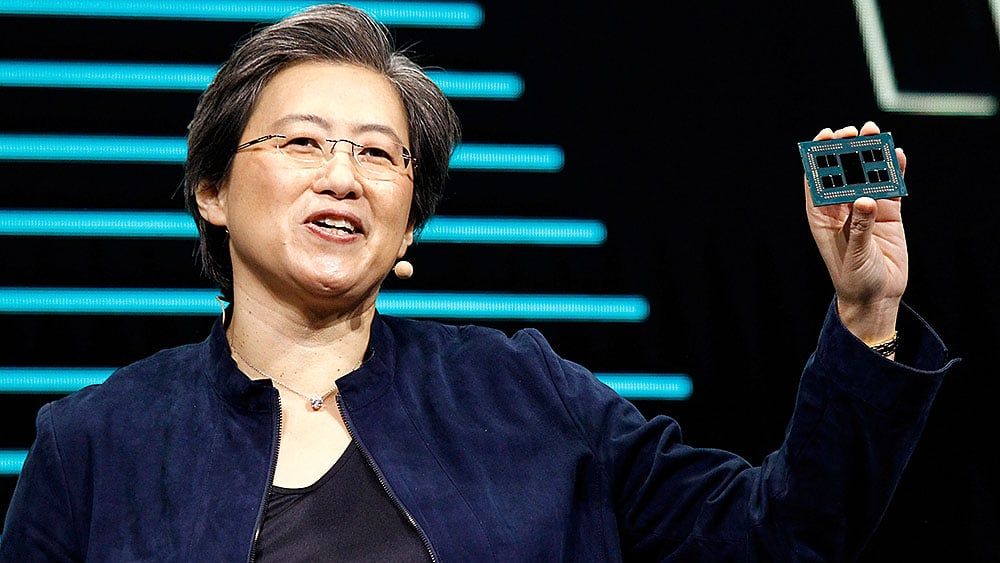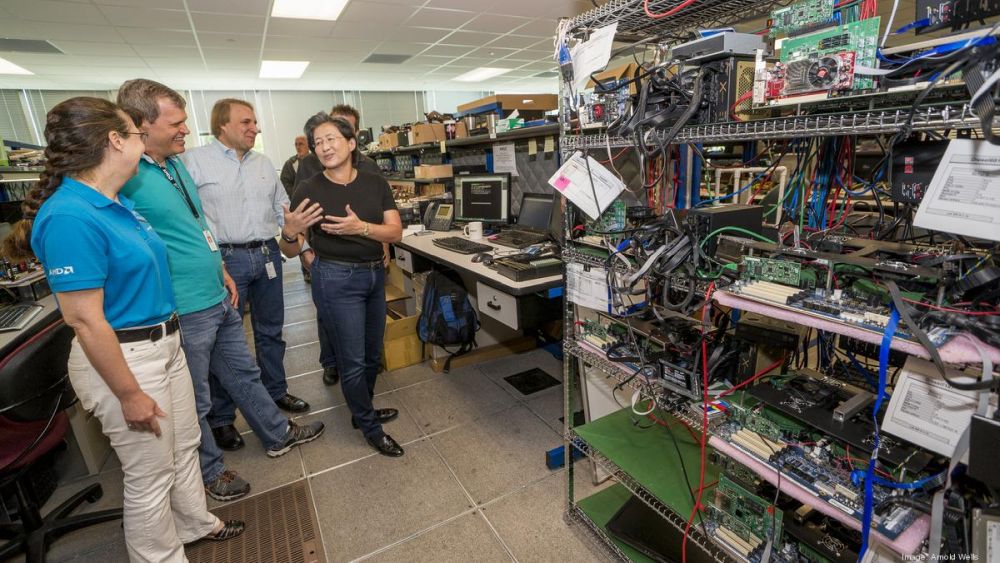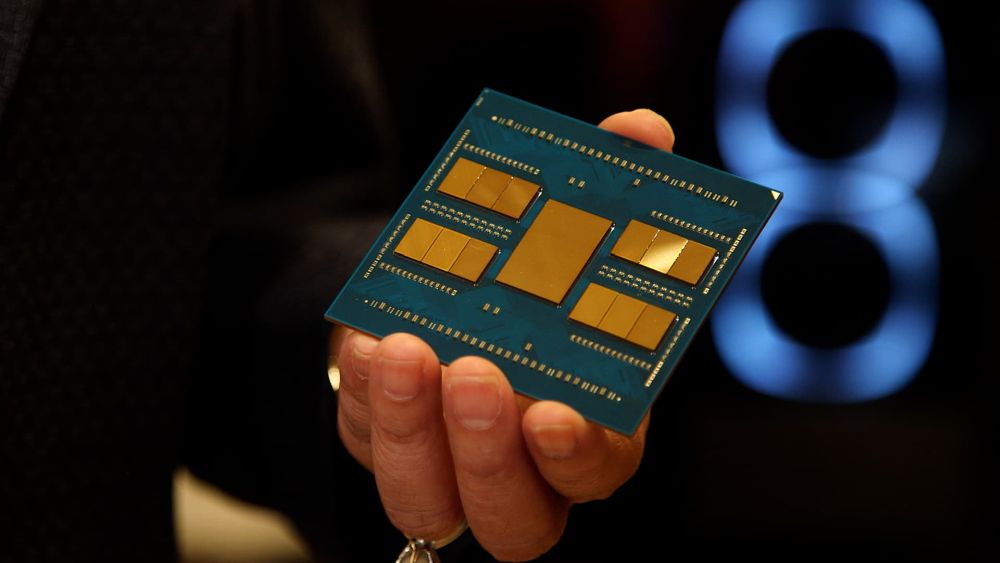AMD CEO Lisa Su confirmed that the company is set to begin manufacturing its fifth-generation EPYC server CPUs at TSMC’s new fabrication facility in Arizona. This marks the first time AMD will produce chips in the United States, a significant step for the company as it seeks to diversify its production base beyond Asia. The announcement was made in April during an event in Taipei, signaling the strategic depth behind the decision.

While Taiwan remains central to AMD’s production network, expanding into the U.S. allows the company to hedge against potential geopolitical risks. Su highlighted that a geographically broader manufacturing footprint could provide AMD more flexibility, especially amid rising concerns over trade tensions and export restrictions. The Arizona facility, operated by TSMC, is a critical part of this vision for greater supply chain resilience.

There’s a price to pay for that stability. Chips produced in Arizona are estimated to cost between 5 and 20 percent more per wafer compared to those fabricated in Taiwan. Despite the increased cost, AMD views the added security and logistical advantages as justifiable trade-offs, especially as global demand for advanced AI and server hardware continues to grow. Lisa Su made clear that AMD is prioritizing both reliability and long-term strategic positioning over short-term savings.

The Arizona production shift reflects a broader trend among chipmakers adapting to a more fragmented and politically complex global landscape. With this move, AMD not only positions itself as a more robust and responsive player in the high-performance computing market but also supports broader U.S. efforts to bring semiconductor manufacturing back onshore. It’s a pragmatic, calculated move—expensive, yes, but future-facing in every sense.

#AMD #LisaSu #TSMC #ArizonaChips #Semiconductors #SupplyChain #TechNews
